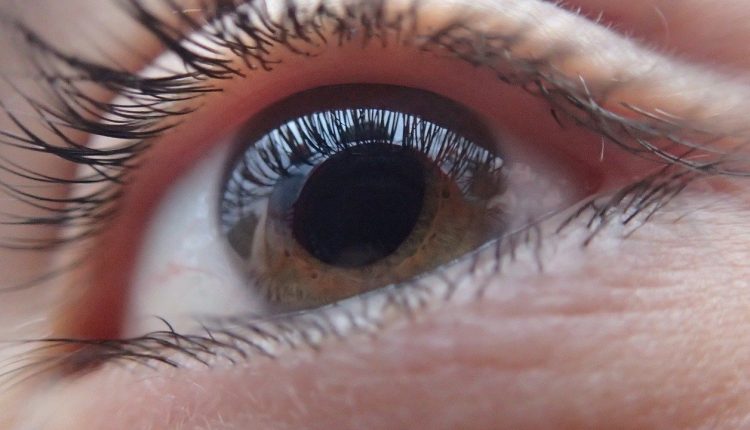
Nearsightedness: what it Myopia and how to correct it
Nearsightedness is one of the three main visual defects (along with astigmatism and farsightedness), which does not allow the correct focusing and visualisation of images
Thanks to extensive medical knowledge and state-of-the-art surgical techniques, it can also be diagnosed and permanently corrected.
Nearsightedness is a refractive defect of the eye that prevents objects from being focused from a distance, whereas they are seen very well up close
This happens because the myopic person does not properly converge the light rays on the retina and the vision of the images will form in front of it instead of, as it should, on the retina, thus being blurred as the object moves away and even different in size to the real one.
Myopia is measured in dioptres and can be classified according to different degrees of severity:
- mild: when the defect is less than 3-4 dioptres;
- medium: up to 6 dioptres;
- high: above these values.
Causes and diagnosis of myopia
Myopia can be hereditary or developmental and usually appears during childhood/adolescence and then usually stabilises around the age of 25-30, although it sometimes increases with age.
The visual defect can generally be due to an altered shape and curvature of the eyeball, lens or cornea.
The main types of nearsightedness that result are:
- the axial form (the most frequent form of myopia) in which the eyeball is longer than the refractive power;
- the index form, where the greater curvature of the crystalline lens causes an alteration in the refractive index (generally occurs during the cataract formation process);
- keratoconus, in which the cornea undergoes wear and tear with an increase in its curvature, resulting in myopia.
Myopic persons often suffer from headaches, eyestrain with the need to squint to see more clearly, and difficulties with twilight and night vision.
Among the eye tests used to diagnose myopia, one of the most popular is certainly the Snellen chart, used to quantify visual acuity.
Read Also:
Emergency Live Even More…Live: Download The New Free App Of Your Newspaper For IOS And Android
Myopia: What It Is And How To Treat It
Presbyopia: What Are The Symptoms And How To Correct It
Blepharoptosis: Getting To Know Eyelid Drooping
Lazy Eye: How To Recognise And Treat Amblyopia?
What Is Presbyopia And When Does It Occur?
Presbyopia: An Age-Related Visual Disorder
Blepharoptosis: Getting To Know Eyelid Drooping
Lazy Eye: How To Recognise And Treat Amblyopia?
What Is Presbyopia And When Does It Occur?
Red Eyes: What Can Be The Causes Of Conjunctival Hyperemia?
Autoimmune Diseases: The Sand In The Eyes Of Sjögren’s Syndrome
Corneal Abrasions And Foreign Bodies In The Eye: What To Do? Diagnosis And Treatment
Covid, A ‘Mask’ For The Eyes Thanks To Ozone Gel: An Ophthalmic Gel Under Study
Dry Eyes In Winter: What Causes Dry Eye In This Season?
What Is Aberrometry? Discovering The Aberrations Of The Eye
Dry Eye Syndrome: Symptoms, Causes And Remedies


